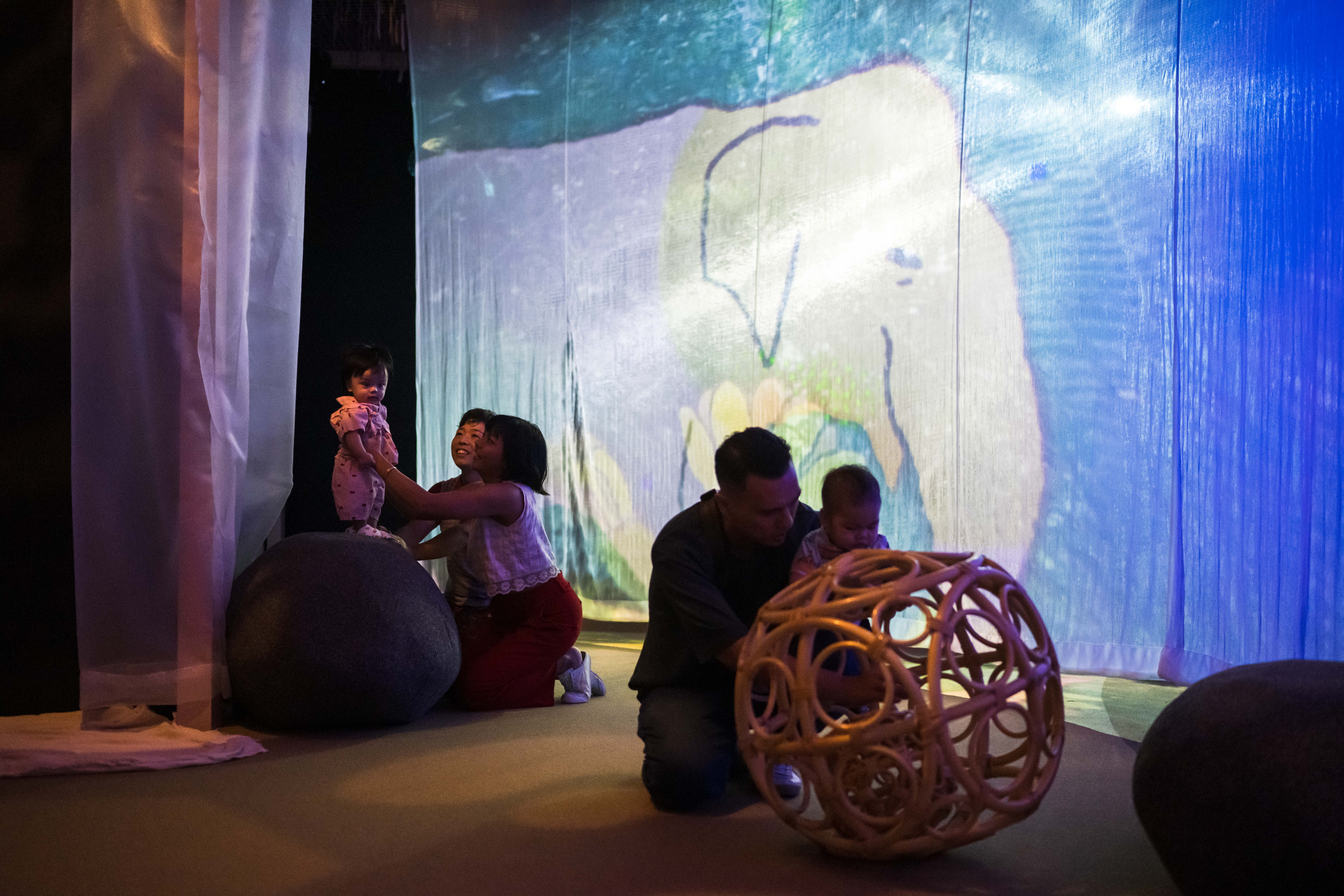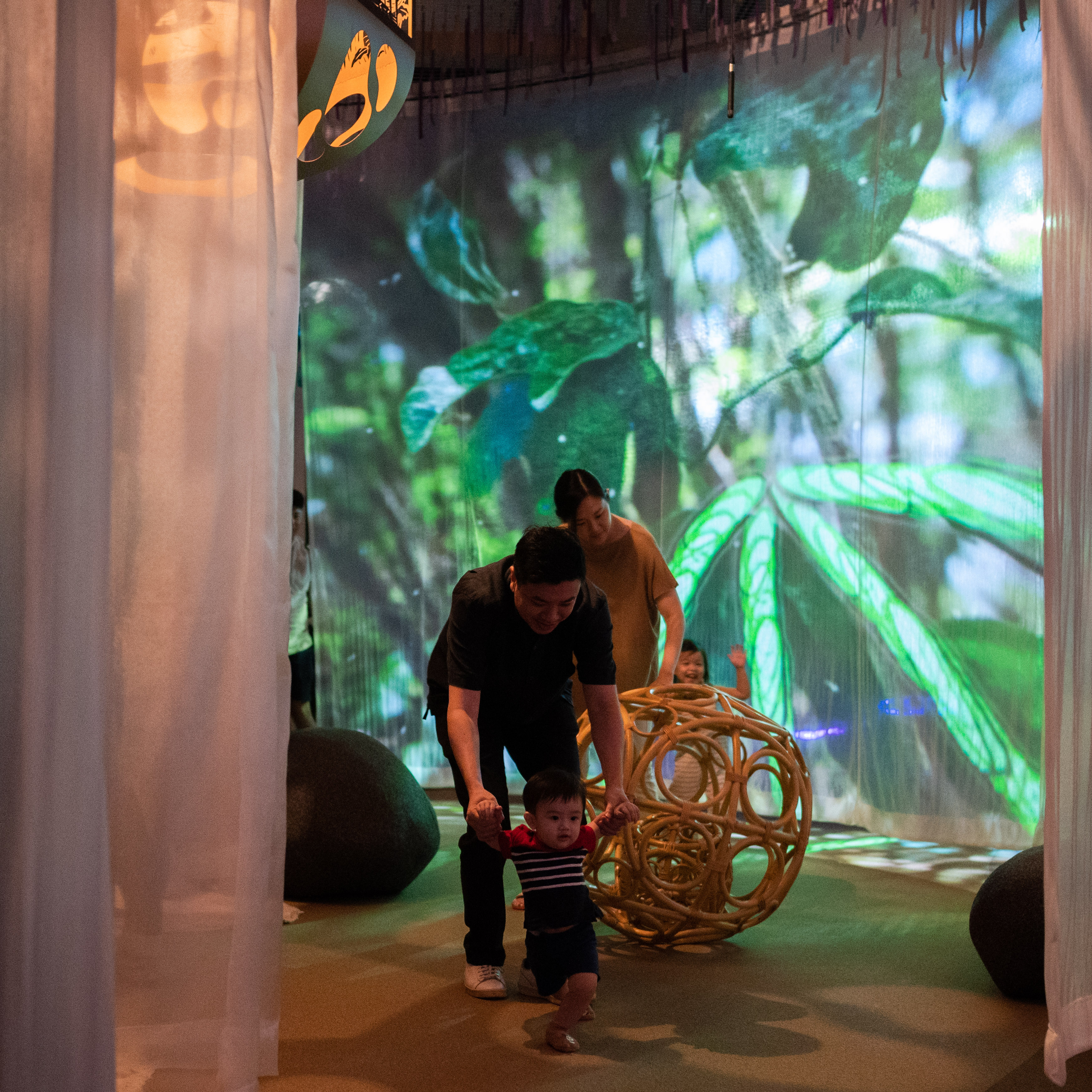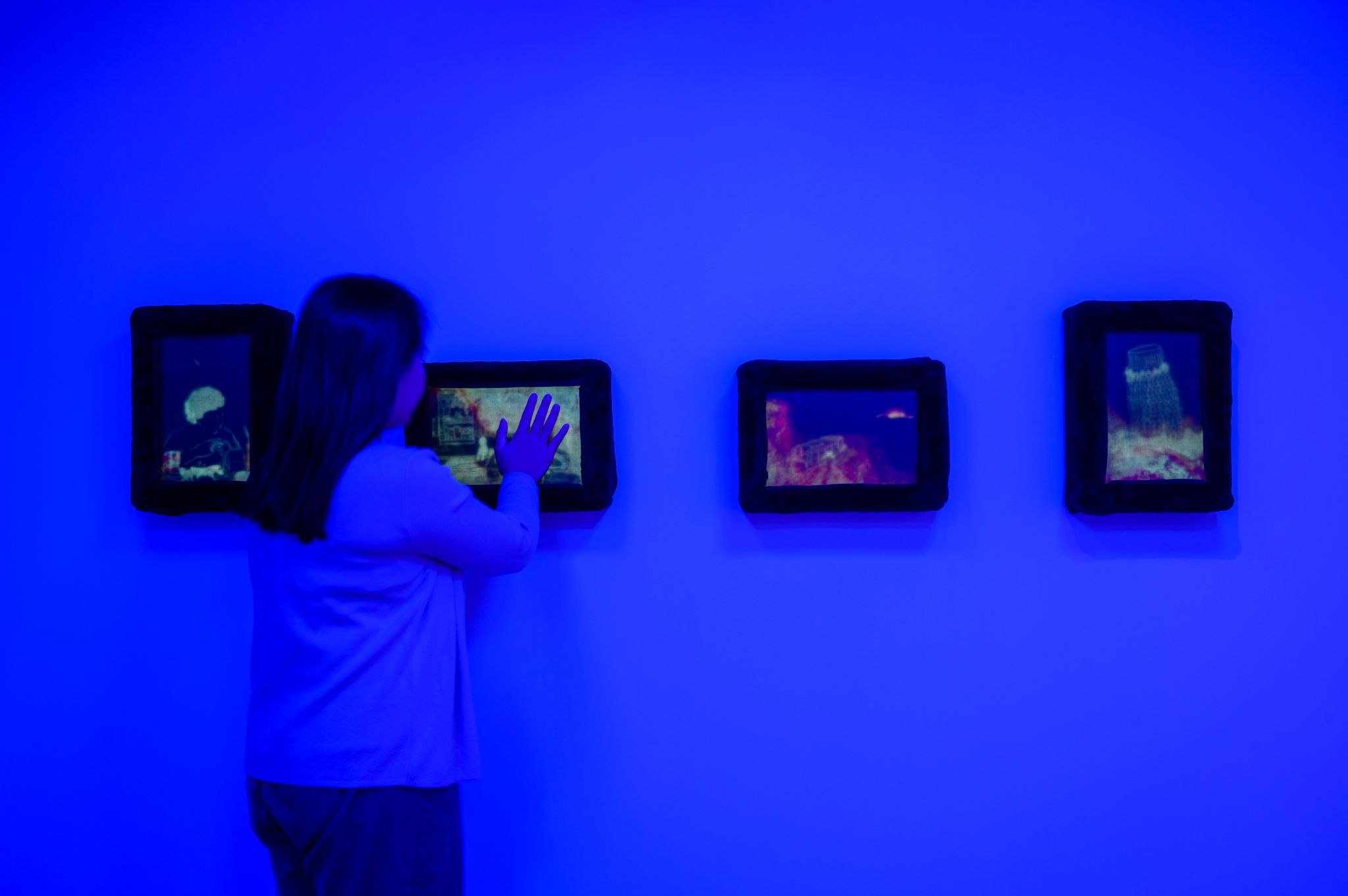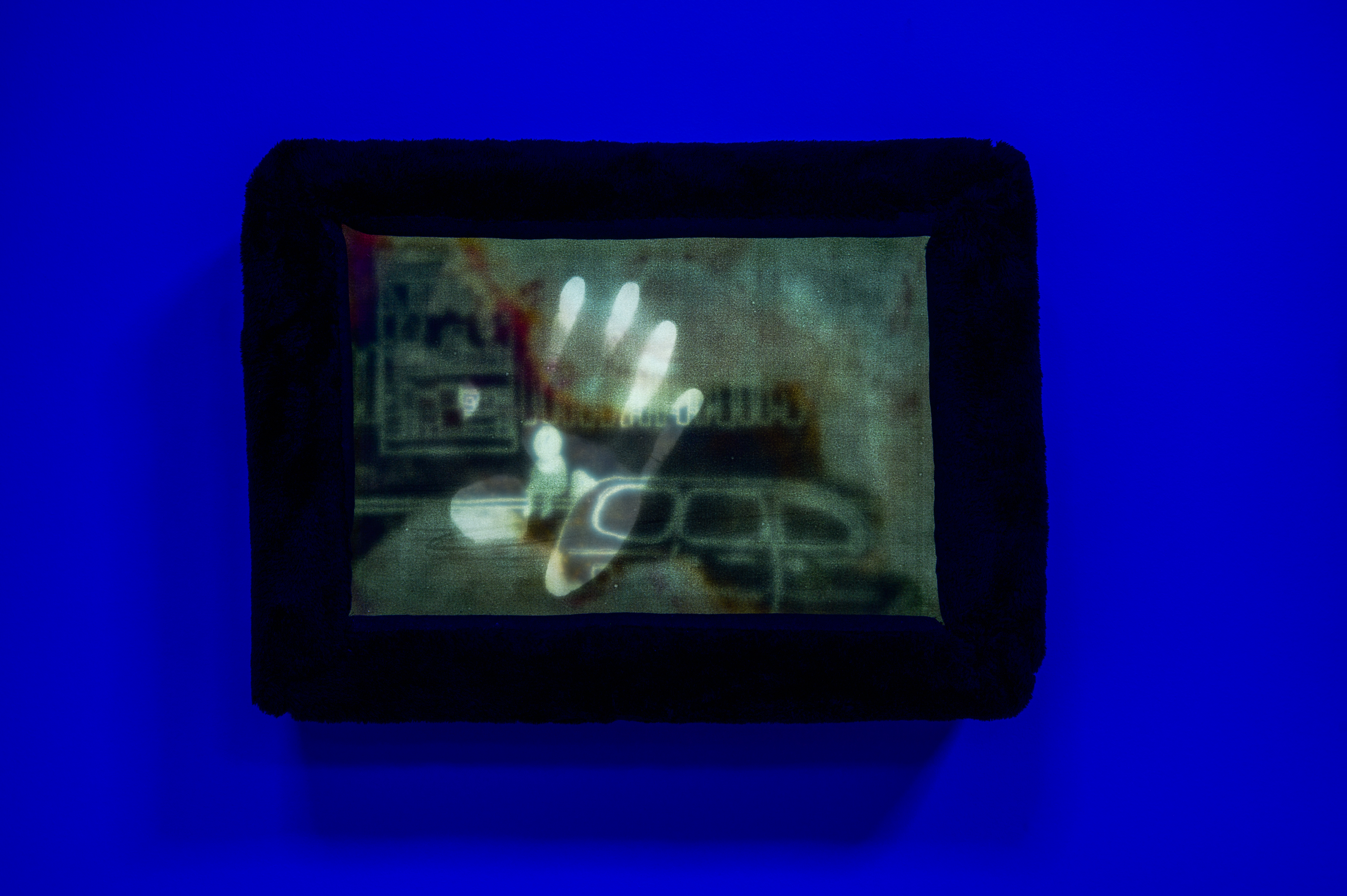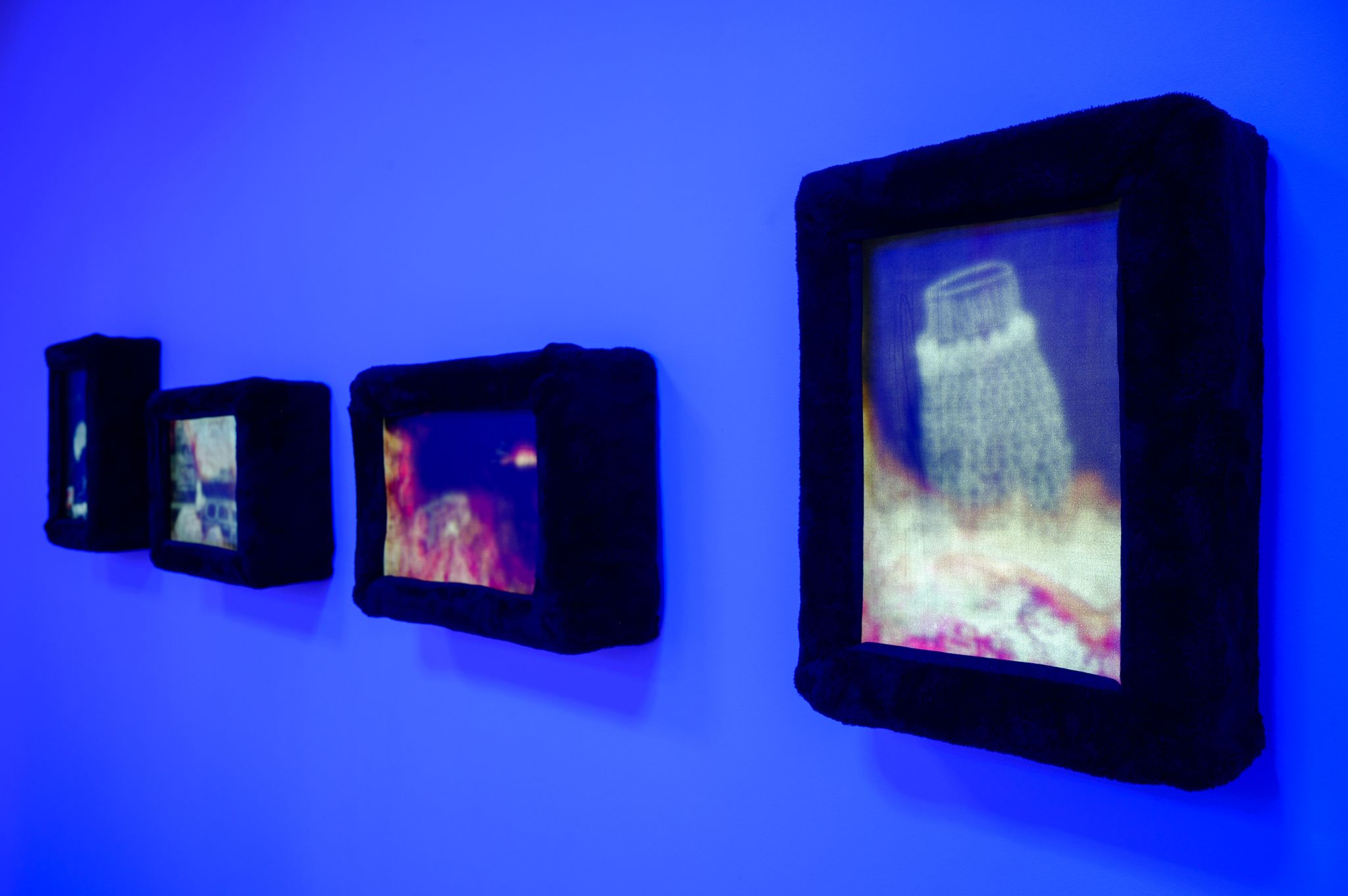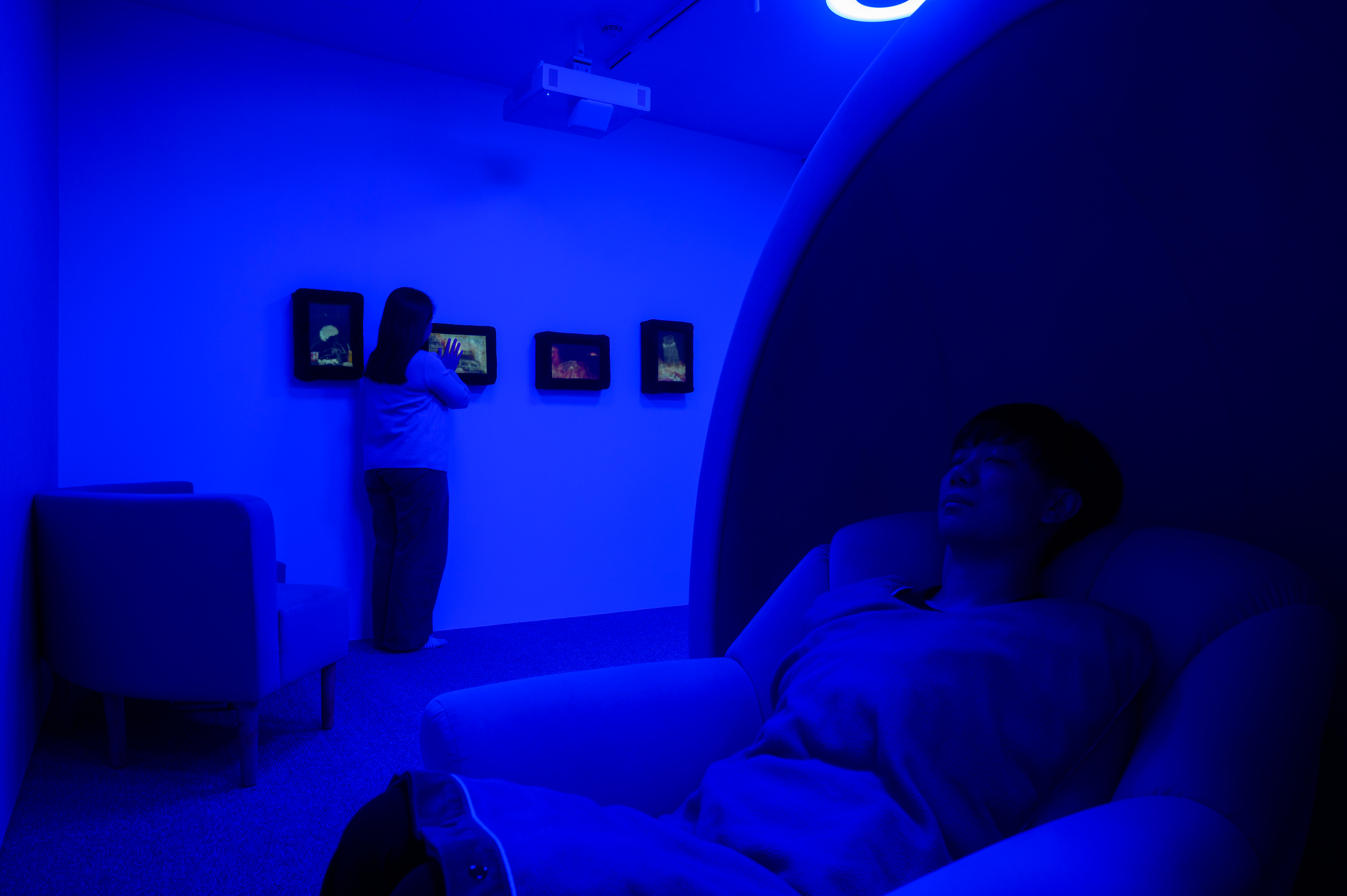Ways of Not Seeing: Aphantasia and Its Affiliations
(2023-2024)Art book
"Ways of Not Seeing: Aphantasia and its Affiliations" is an art book exploring a little-known condition called “aphantasia”, a condition colloquially described as a “blindness of the mind’s eye”. For most of the world, thinking of loved ones, places, and memories brings up corresponding images in the mind. But aphants can never do so; their mind is a visual void.
The art book includes text and image contributions from the artist (who is an aphant) and five collaborators, who each respond to the bewildering condition from their respective practices across access work, therapy, poetry, and more. Instead of “ways of seeing,” what if we reflect on our “ways of not seeing”? What results from the simple flip?
Created with the support of Calm Room Creative Residency, National Gallery Singapore
Contact me to purchase!



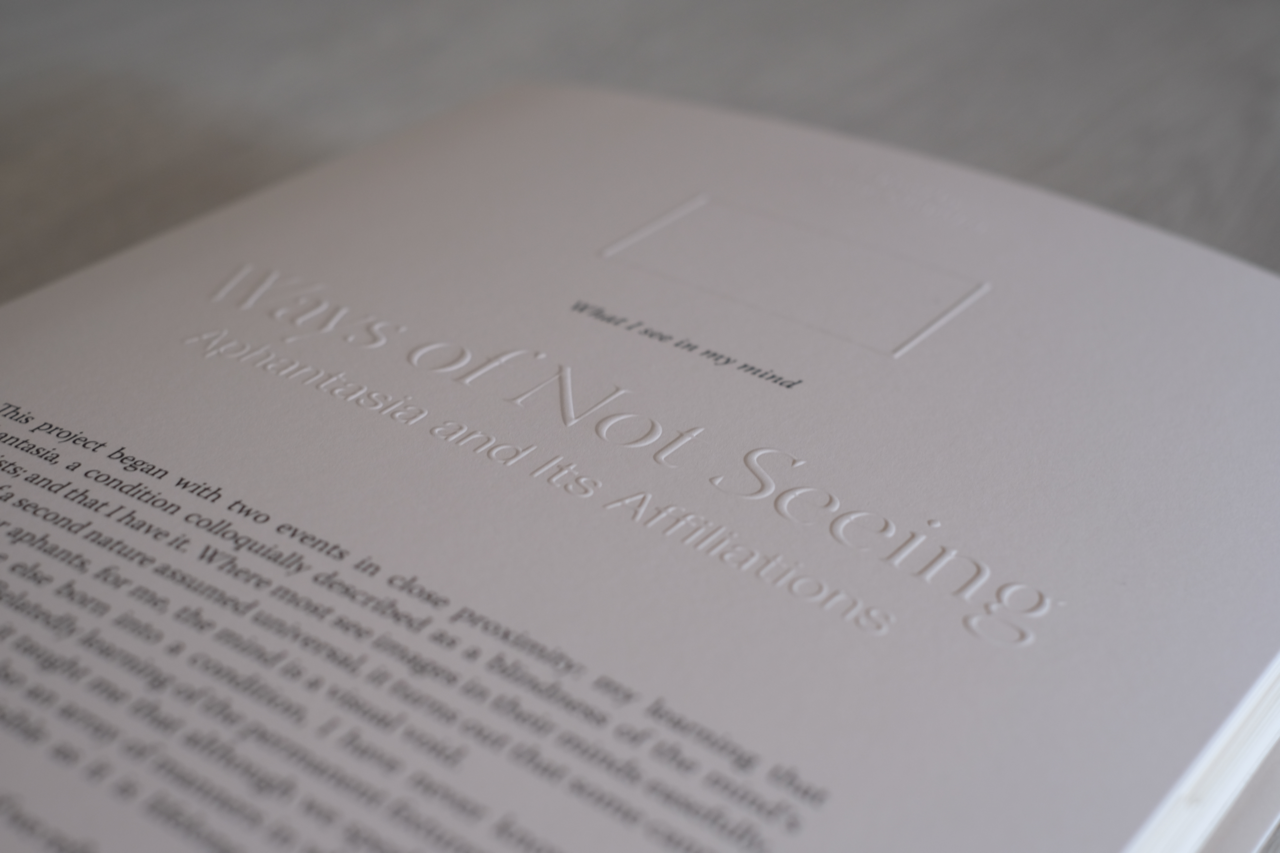
HUTAN
(2023)Interactive Audio-Visual Installation;
Fabric, metal, lights, microphones, video projections, found objects
HUTAN means “forest” in Bahasa Melayu and Indonesia. Hutan is also an anagram of tahun (”time”), tuhan (”God”) and hantu (”spirits”)! In this way, forests, time, the sacred and the spiritual are all connected!
Forests take centuries to grow. Many cultures believe forests are sacred, and are home to spirits. Malay folklore is full of stories about spirits who care for the forest and those who live in it. In Malay culture, trees are sometimes respected as sacred places. Other cultures speak of the “tree of life,” which connects humans with heaven and earth.
Enter HUTAN’s Tree of Life and forest floor. What lies beyond what we can see? Take your time and wander around the space carefully. Listen to the rhythms of life, and then listen to the sounds that we ourselves make as we move. Like a baby in our mother’s belly, inside the Tree of Life, can you feel the heartbeat of our universe?
Collaborator:
Lynette Quek, LittleCr3atures®️
Created For:
Gallery Children’s Biennale 2023: Let’s Make a Better Place.
Image Credit:
Joseph Nair, Memphis West Pictures.
Ways of Not Seeing Workshop
(2022-2023)Thermochromic ink, digital print, glass, mirror, cloth, sound
When asked to think of a person, place or thing, most people are able to conjure some kind of picture in their head. However, aphantasia is a condition where this mind’s eye is blind.
Taking aphantasia as a starting point, the artist (who has this condition) considers what it might mean to ‘see’ and ‘remember’.
︎
Picturing a Candle combines both a prompt to “picture” (often used in various therapy, empathy-building, and mental-imagery research) and the image of “candle” (often associated with serenity, sacredness, and hope); to wonder — how might someone with aphantasia conceive of objects and past events? In what other instances might we all struggle to visualise, understand, and hope?
This work draws loose scaffolding from the Vividness of Visual Imagery Questionnaire (VVIQ), a test that measures one’s ability to make mental images, typically used as a preliminary test for aphantasia. In the test, participants are tasked to try visualising: a dear person, a familiar shopfront, a rising sun, and a scene in nature. The work also takes Salleh Japar’s Gurisan-Gurisan Maghrib (Lines Between Twilight) from the Gallery’s collection as a point of inspiration— a work contemplating faith and the setting of the sun: the movement from sight to blindness, light to dark, day to night.
︎
Tracing this same path of receding vision, the artist also looked at decaying photographs from his childhood in Jakarta that were damaged by the flood waters that often immerse the city, and wonders if this deterioriation can also be a place of creation. Adding gurisan (lines) into the regions of moisture and bacterial decay, the artist makes new images that both responds to the VVIQ’s prompts and approximates old memories, both of which he is otherwise unable to do fully, if at all.
All are then invited to trace their own precipices of sight, memory, hope, faith, articulation. A sonic contribution by artist ila, an inarticulate reverberate of a thought, reflects on these themes, with interlacing responses from members of the public to two questions: what do you see when you close your eyes? And what do you feel when you close your eyes?
For you too: when and how does decay—of material, memory, mood—take place? When have you been unable to “see”?
Created for the Calm Room Creative Residency, National Gallery Singapore
Links
National Gallery Singapore Creative Calm Room Residency

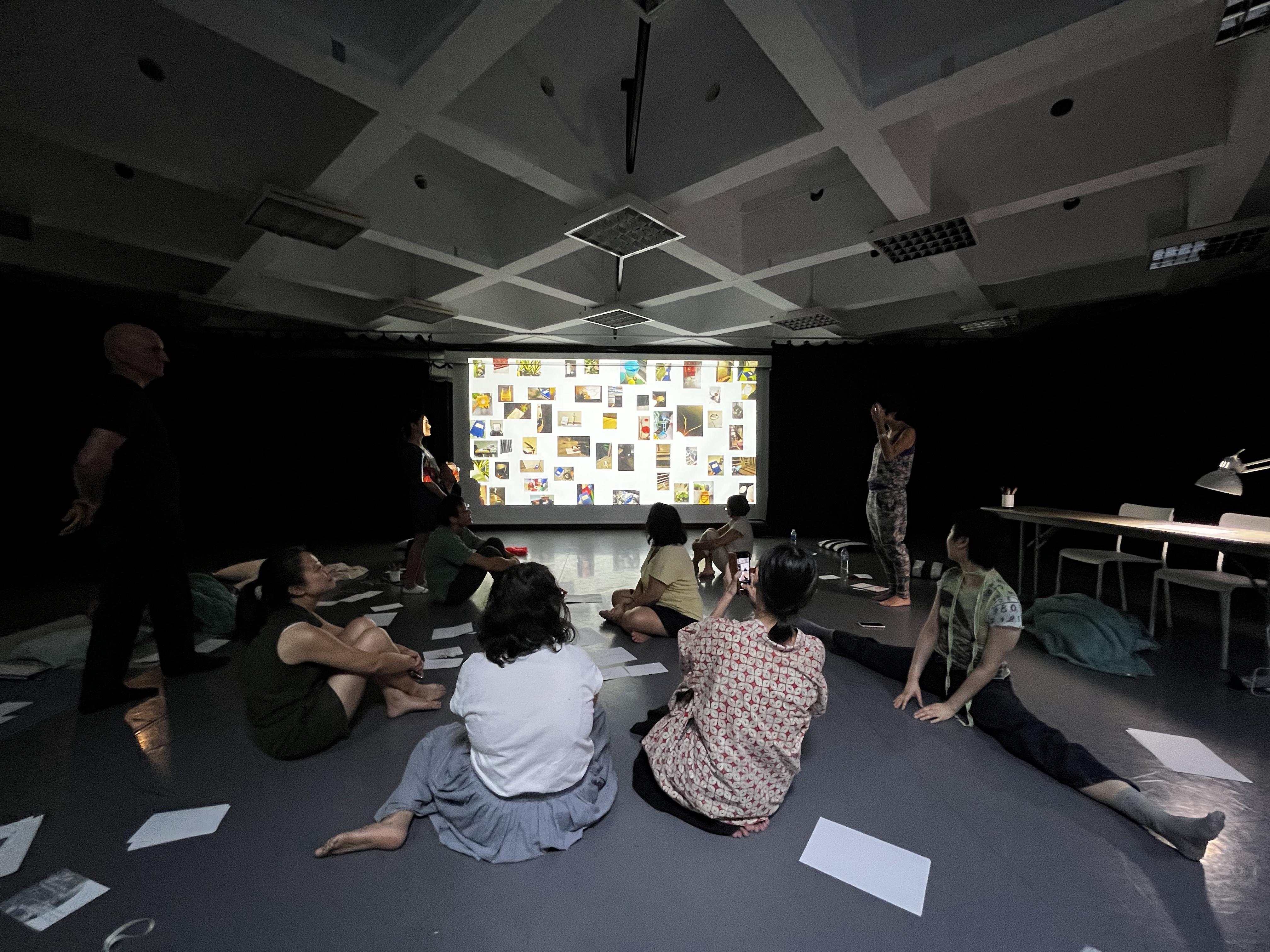
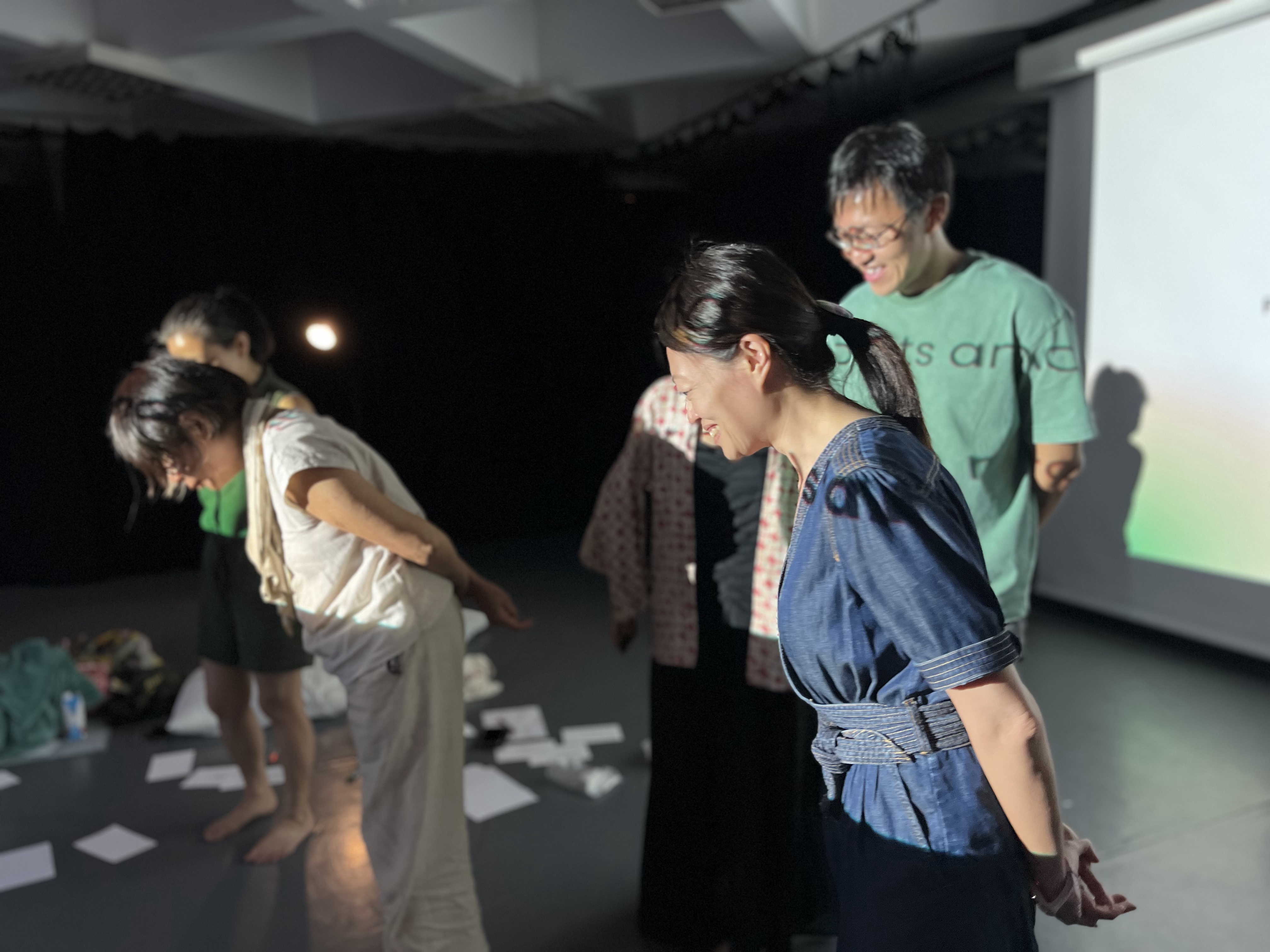
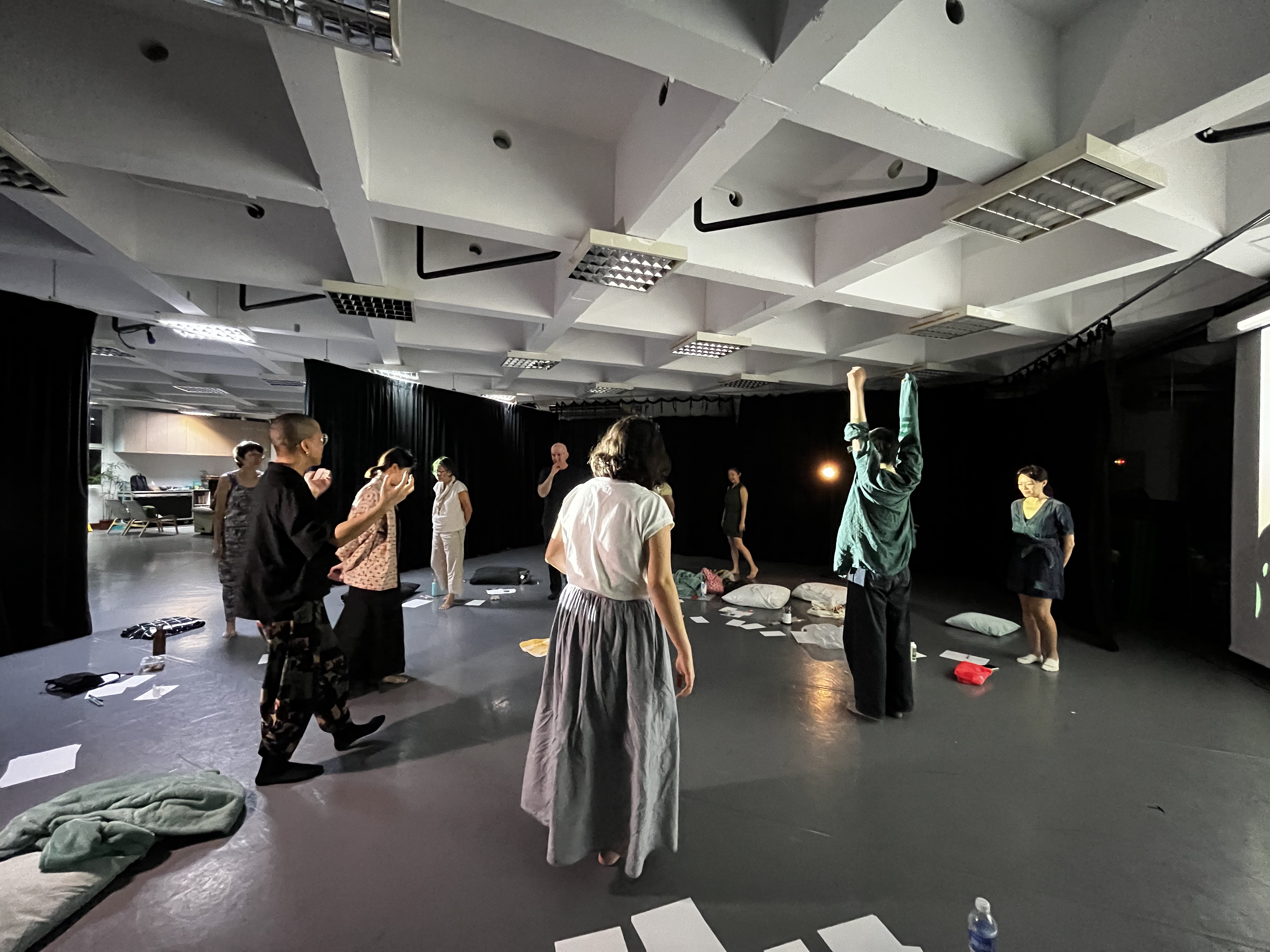
Picturing a Candle
(2022-2023)Thermochromic ink, digital print, glass, mirror, cloth, sound
When asked to think of a person, place or thing, most people are able to conjure some kind of picture in their head. However, aphantasia is a condition where this mind’s eye is blind.
Taking aphantasia as a starting point, the artist (who has this condition) considers what it might mean to ‘see’ and ‘remember’.
︎
Picturing a Candle combines both a prompt to “picture” (often used in various therapy, empathy-building, and mental-imagery research) and the image of “candle” (often associated with serenity, sacredness, and hope); to wonder — how might someone with aphantasia conceive of objects and past events? In what other instances might we all struggle to visualise, understand, and hope?
This work draws loose scaffolding from the Vividness of Visual Imagery Questionnaire (VVIQ), a test that measures one’s ability to make mental images, typically used as a preliminary test for aphantasia. In the test, participants are tasked to try visualising: a dear person, a familiar shopfront, a rising sun, and a scene in nature. The work also takes Salleh Japar’s Gurisan-Gurisan Maghrib (Lines Between Twilight) from the Gallery’s collection as a point of inspiration— a work contemplating faith and the setting of the sun: the movement from sight to blindness, light to dark, day to night.
︎
Tracing this same path of receding vision, the artist also looked at decaying photographs from his childhood in Jakarta that were damaged by the flood waters that often immerse the city, and wonders if this deterioriation can also be a place of creation. Adding gurisan (lines) into the regions of moisture and bacterial decay, the artist makes new images that both responds to the VVIQ’s prompts and approximates old memories, both of which he is otherwise unable to do fully, if at all.
All are then invited to trace their own precipices of sight, memory, hope, faith, articulation. A sonic contribution by artist ila, an inarticulate reverberate of a thought, reflects on these themes, with interlacing responses from members of the public to two questions: what do you see when you close your eyes? And what do you feel when you close your eyes?
For you too: when and how does decay—of material, memory, mood—take place? When have you been unable to “see”?
Created for the Calm Room Creative Residency, National Gallery Singapore
Links
National Gallery Singapore Creative Calm Room Residency
Other Things
(2022)Mixed Media Installation;
4-channel sound installation, pencil and cut-outs on silk paper, candle, dimensions variable.
What sits between expression and silence? Can doubt be given form?
Other Things is an installation of sound and paper cutouts. It combines personal reflections with soundscape, exploring the malleability of word, song, and meaning. The work reflects came from a desire to reflect on my own religious upbringing: of growing up and playing piano in churches in Indonesia (where I was born) and Singapore (where I grew up), for close to 20 years.
︎
In part, the work alludes to one origin story of my religious tradition: Martin Luther’s mythical act of pasting his printed “Ninety-five Theses” on the door of All Saint’s Church in Wittenberg, an act of theological challenge against the Roman Catholic Church. Canonically remembered as an act of bold revolution that sparked the Protestant Reformation, it was in truth done amidst great societal and personal turmoil: from the Black plague tearing across Europe, to Martin Luther’s own enduring fears of divine judgment.
So, on silk paper, a humble material typically used to clean and protect finished prints, I wrote personal reflections and thereafter cut the words out. This series of gesture, both additive and reductive, came from a desire to augment the seemingly-assertive act of printing and speaking, instead making manifest the gaps present in any kind of expression.
︎
For the sonic element, I wondered: what happens when simple melodic lines are compressed or stretched to extremes, taking up infinitesimal amounts or vast expanses of time? What happens in these intervals that the divine is supposed to occupy?
I chose to sing a memorable song from my childhood: the Indonesian hymn “Tuhanku Bila Hati Kawanku”, adapted from the English hymn “An Evening Prayer”. It used to be one of my favourite songs to accompany on the piano.
But this time, sung without accompaniment, the recording captures the raw inflections and imperfections in both my singing and pronunciation. With that recording as a building block, copies of it are then stretched or compressed in time – to be microseconds short or years long – and laid atop each other. This exercise in modulating time reveals variations where none was initially perceivable. Notes that were “on-pitch” wobble and every sung syllable dilates, resulting in an aural mix of hazy blurs and stutters.
But in time, and if one is willing, it is possible to identify pitch and pronunciation reconfiguring themselves. New (dis)harmonies will arise, ebbing and flowing, whether we pay attention to them or not.
︎
It is said that to put something in print, in black and white, is to commit; also, that words spoken are like arrows fired from a bow, which cannot be taken back. Both framings connote a certain eternity to the acts of printing and speaking, irreversible once done.
In response, the series looks to embed the doubt and anxieties present behind any act of proclamation or disclosure, however bold they may sound, in material and sonic form. The aim, then, is to dial the act of bringing words into the world into a gentler, more perishable form – as an expression of still speaking, but more vulnerably, tentatively, and carefully, with room for necessary doubt.
Exhibited at:
Material Memory, Spinnerei, Germany
The Faraway Nearby, Art Agenda S.E.A., Singapore
Reviews
Wong Kar Mun Nicole for Art and Market, "Review of Art and Market Small Rooms"
Jonathan Chan for Art and Market, “so imminent yet so beyond reach”
Miriam Devaprasana for Art and Market, “An Ode to Truth Which Binds Us All”
Amar Shahid for Art and Market, “An afternoon of reconciliation”
